|
<< Click to Display Table of Contents >> IEC1346 levels with flexible transitions |
  
|
|
<< Click to Display Table of Contents >> IEC1346 levels with flexible transitions |
  
|
In this extremely flexible IEC1346 item designation implementation, an arbitrary number of transitions in an arbitrary sequence can be used.
All aspects are treated equally. Only the separator character defines which is which. They are specified in the same way in the same attributes. Thereby, you can combine them in any way needed, in any number of levels.
A typical item designation could look like this:
=A1=F1-F1-K1+C3+S1-K1
In this case, we have three transitions and an item designation with a total of seven levels. That might be more than what is practical, but serves as an illustrative example of what is possible.
In the dialogues of cadett ELSA, all aspects are specified in the Plant attribute, using the separator character to define which aspect to which you are referring. Only the final part of the item designation, is specified in the Designation attribute, and that is done regardless of which aspect is used for that part. The Location attribute is normally not used at all.
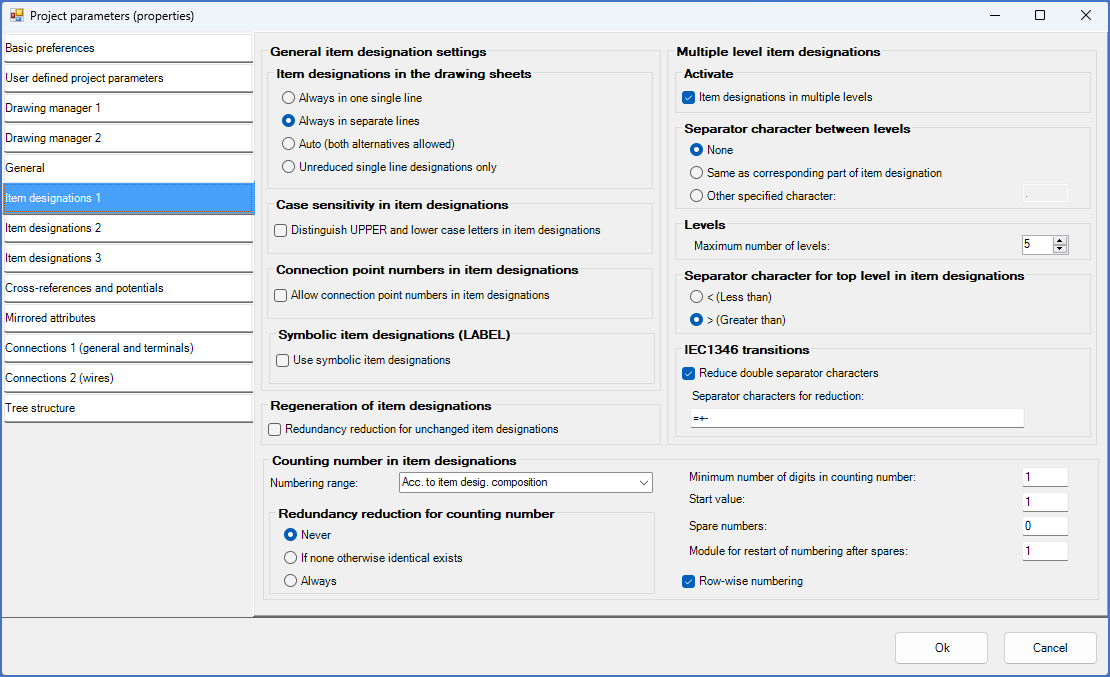
Figure 513: Please note that "Item designations in many levels" is active, and that "Separator character between levels" is set to "None".

Figure 514: Please note that "Separator character independent item designations" is active, that only "Plant" and "Designation" are selected, and that no separator character is defined (“0”). The latter fact makes it possible to use any separator characters anywhere.
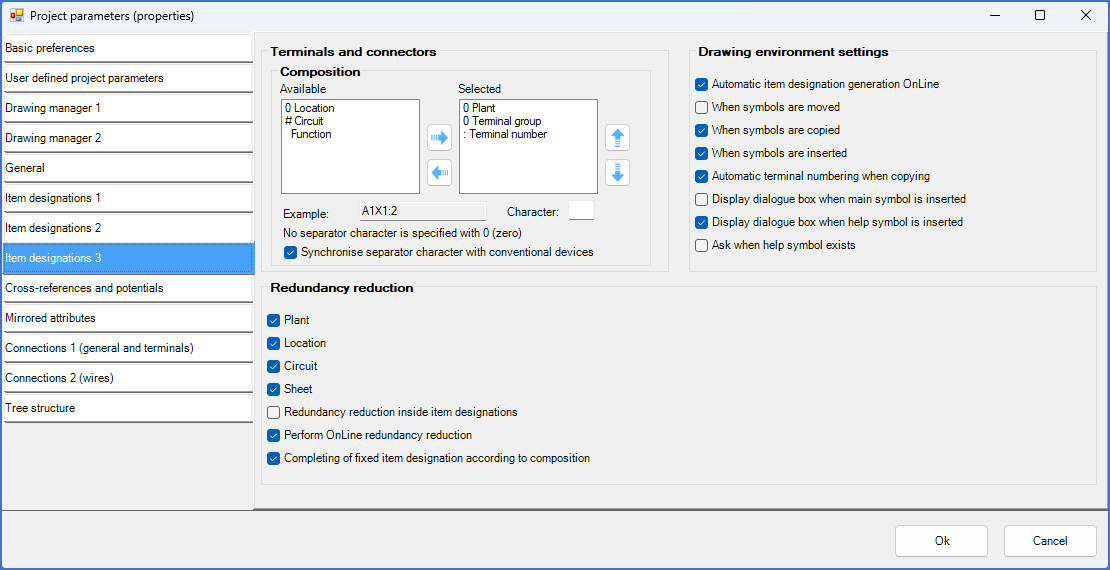
Figure 515: The third Item designation tab contains the item designation composition for terminals.
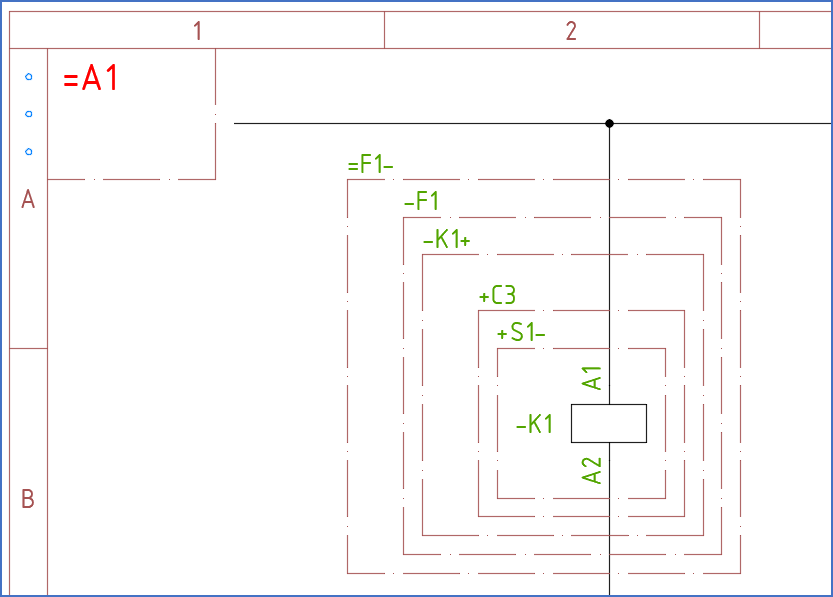
Figure 516: This example may be rather extreme and perhaps not very realistic. Nevertheless, it clearly shows how arbitrary transitions are defined to comply with the IEC1346 standard.

Figure 517: When double-clicking the symbol shown in the figure two steps above, this dialogue box is displayed.
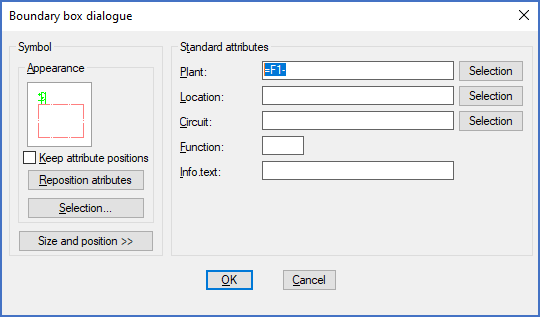
Figure 518: Double-clicking the outermost boundary box in tghe example above will display this dialogue box. Please note how the transition is specified.
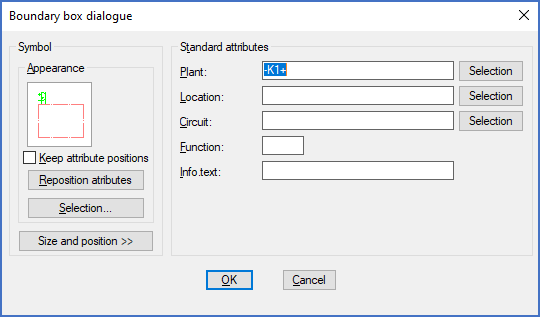
Figure 519: This is the dialogue box for the third boundary box counted from outside in. Please note that even though this is a location, the plant attribute is used. Quite counter-intuitive indeed, but the functionality behind is very powerful.
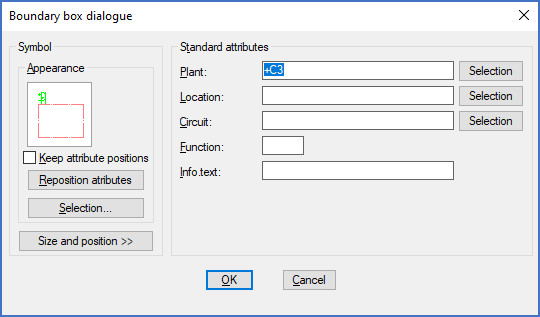
Figure 520: The dialogue box for the second innermost boundary box